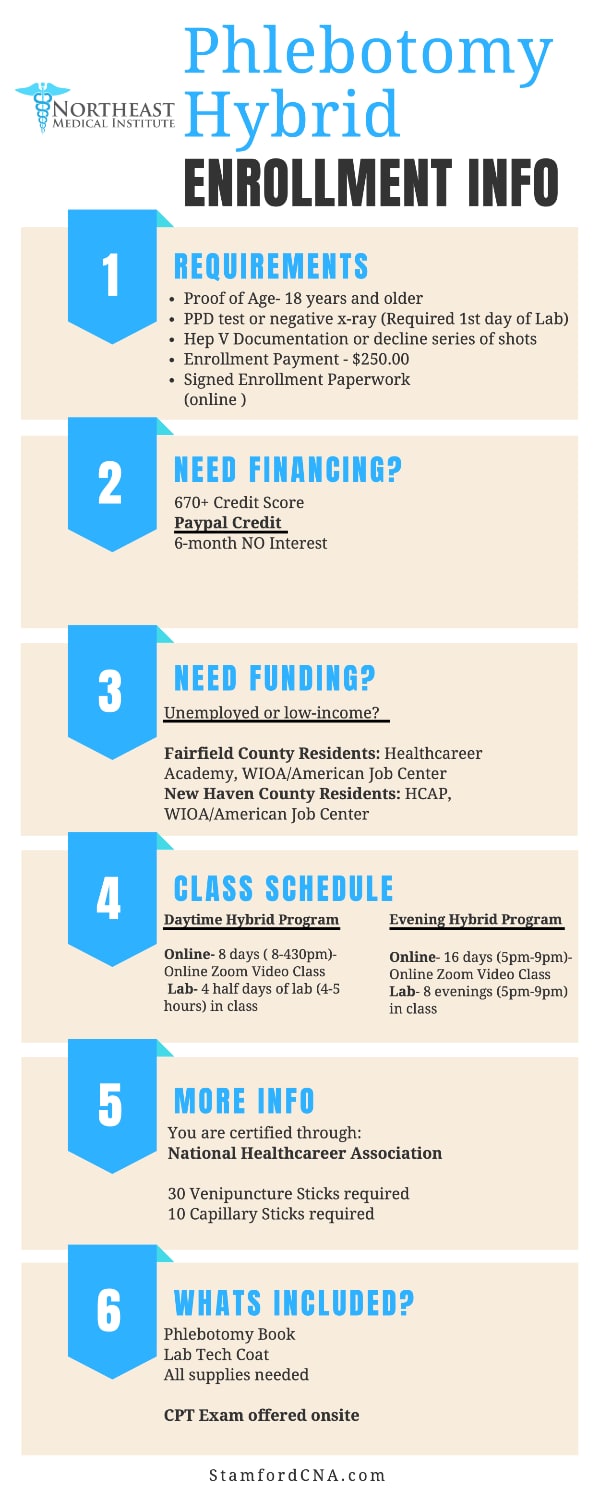Top Guidelines Of Northeast Medical Institute - New Haven Campus Phlebotomy Course & Cna Class
Top Guidelines Of Northeast Medical Institute - New Haven Campus Phlebotomy Course & Cna Class
Blog Article
Some Known Details About Northeast Medical Institute - New Haven Campus Phlebotomy Course & Cna Class
Table of ContentsNortheast Medical Institute - New Haven Campus Phlebotomy Course & Cna Class - TruthsNortheast Medical Institute - New Haven Campus Phlebotomy Course & Cna Class - QuestionsSome Ideas on Northeast Medical Institute - New Haven Campus Phlebotomy Course & Cna Class You Need To KnowSome Known Factual Statements About Northeast Medical Institute - New Haven Campus Phlebotomy Course & Cna Class Not known Details About Northeast Medical Institute - New Haven Campus Phlebotomy Course & Cna Class Northeast Medical Institute - New Haven Campus Phlebotomy Course & Cna Class Things To Know Before You Buy
The use of such tools need to be come with by various other infection prevention and control practices, and training in their usage.For settings with low resources, cost is a motoring element in purchase of safety-engineered devices. Where safety-engineered gadgets are not offered, experienced usage of a needle and syringe is acceptable.
labelling); transportation problems; analysis of results for clinical administration. In an outpatient division or center, give a committed phlebotomy workstation containing: a tidy surface with 2 chairs (one for the phlebotomist and the various other for the client); a hand laundry basin with soap, running water and paper towels; alcohol hand rub. In the blood-sampling area for an outpatient department or facility, supply a comfy reclining sofa with an arm rest.
Northeast Medical Institute - New Haven Campus Phlebotomy Course & Cna Class - The Facts
Ensure that the indicators for blood tasting are clearly defined, either in a composed method or in documented guidelines (e.g. in a laboratory form). Gather all the tools needed for the procedure and area it within risk-free and simple reach on a tray or cart, making sure that all the products are clearly noticeable.
Present on your own to the patient, and ask the individual to mention their full name. Check that the laboratory kind matches the patient's identity (i.e. match the individual's information with the lab type, to make sure precise recognition).
Make the patient comfortable in a supine position (preferably). Area a clean paper or towel under the patient's arm. Discuss the examination to be carried out (see Annex F) and acquire spoken consent. The patient has a right to refuse a test at any moment before the blood sampling, so it is necessary to make sure that the individual has actually understood the treatment.
Some Known Factual Statements About Northeast Medical Institute - New Haven Campus Phlebotomy Course & Cna Class
Prolong the patient's arm and inspect the antecubital fossa or lower arm. Find a blood vessel of a good dimension that shows up, straight and clear. The layout in Area 2.3, reveals common placements of the vessels, however several variations are possible. The typical cubital blood vessel lies between muscles and is usually one of the most very easy to pierce.
DO NOT place the needle where capillaries are drawing away, because this raises the possibility of a haematoma. The blood vessel must be noticeable without applying the tourniquet. Locating the capillary will certainly assist in establishing the correct dimension of needle. Apply the tourniquet about 45 finger sizes above the venepuncture website and re-examine the blood you can try these out vessel.
Samplings from central lines carry a danger of contamination or erroneous research laboratory examination results. It is appropriate, yet not ideal, to attract blood specimens when initial introducing an in-dwelling venous device, before attaching the cannula to the intravenous fluids.
9 Easy Facts About Northeast Medical Institute - New Haven Campus Phlebotomy Course & Cna Class Explained
Failing to enable adequate contact time increases the risk of contamination. DO NOT touch the cleansed website; in certain, DO NOT position a finger over the blood vessel to guide the shaft of the exposed needle.
Ask the client to develop a hand so the blood vessels are extra famous. Enter the blood vessel swiftly at a 30 degree angle or less, and remain to present the needle along the vein at the easiest angle of entry - CNA Classes. Once sufficient blood has actually been collected, launch the tourniquet prior to taking out the needle
The Northeast Medical Institute - New Haven Campus Phlebotomy Course & Cna Class Diaries
Take out the needle gently and use gentle stress to the site with a clean gauze or completely dry cotton-wool sphere. Ask the client to hold the gauze or cotton woollen in place, with the arm extended and raised. Ask the person NOT to bend the arm, due to the fact that doing so triggers a haematoma.

The smart Trick of Northeast Medical Institute - New Haven Campus Phlebotomy Course & Cna Class That Nobody is Discussing
Do not push the syringe plunger since additional stress enhances the danger of haemolysis. Where possible, maintain televisions in a rack and relocate the shelf towards you. Infuse downwards into the appropriate coloured stopper. DO NOT eliminate the stopper because it will release the vacuum. If the sample tube does not have a rubber stopper, inject incredibly slowly into the tube as reducing the stress and rate used to move the specimen lowers the risk of haemolysis.

Report this page